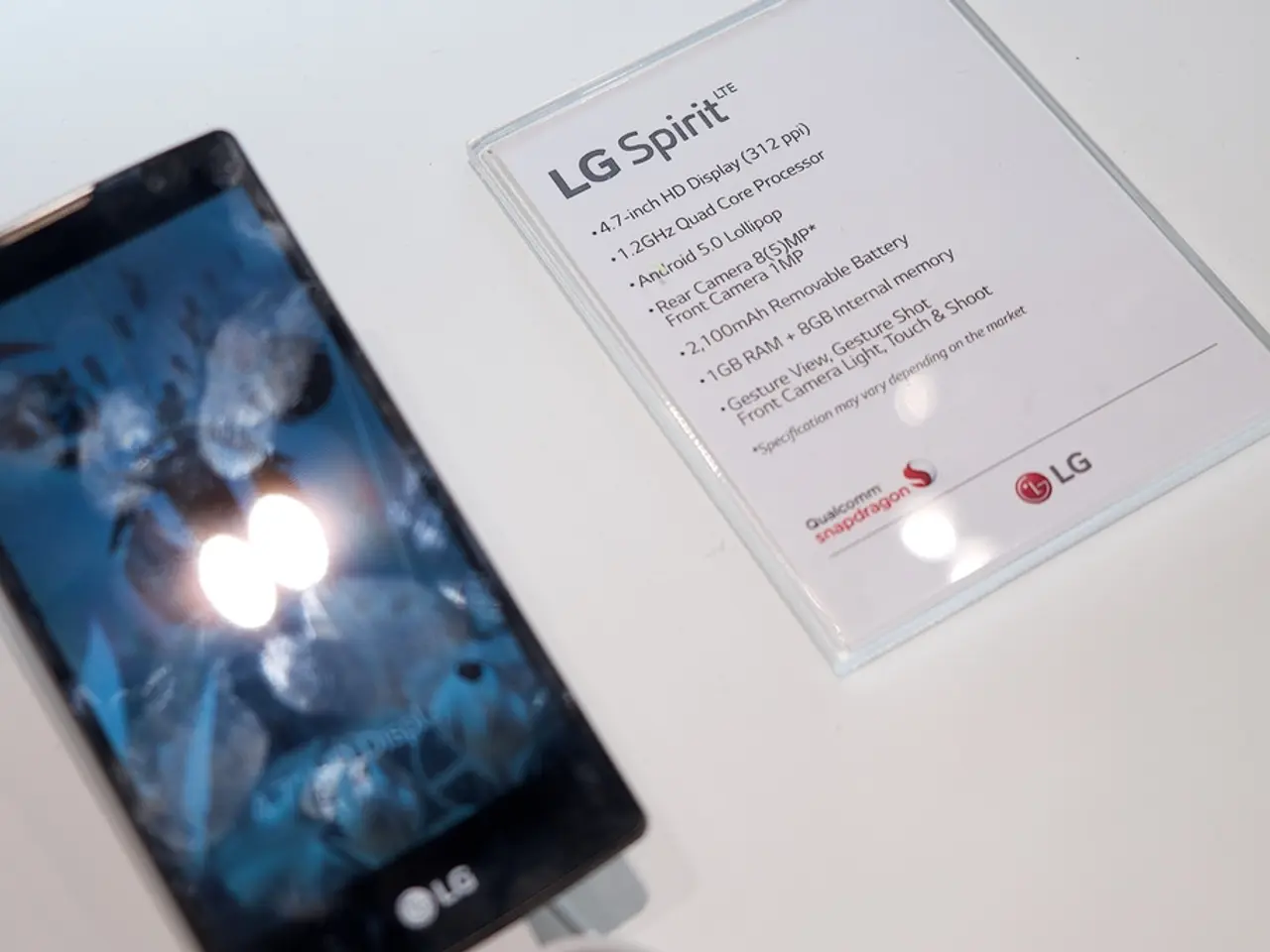Persisting Supply Chain Issues Cause a Clash Between Retail and Media Sectors
In a significant shift, the conversation between agencies and clients is no longer centred around managing media, but rather, on impacting business objectives. This transformation is primarily due to the availability of new data, which is facilitating a more strategic approach to advertising.
Previously, media budgets were allocated based on managing a client's media, not on impacting their business objectives. However, with the new data at hand, agencies can now focus on strategies that directly influence sales and measurable business results, rather than just media placement.
One of the key issues addressed by this new data is the problem of promoting products that don't exist due to a lack of merchandising data. With retail media networks, brands and agencies can now leverage shopper data across both online and physical stores, enabling personalized ads near the point of sale and improving attribution accuracy.
The integration of retail media is revolutionising the advertising landscape. For instance, integrations like Criteo and Mirakl enable automated, scalable campaign management, simplifying retail media activation. This allows brands to focus on growing product demand and marketplace monetization, while retailers can simplify their operations.
Artificial Intelligence plays a crucial role in enhancing retail media by analysing consumer data to predict purchase likelihood, enabling highly personalized ad delivery and precise attribution of sales to ad spend. This data-driven approach helps agencies demonstrate clear business impact to clients, transforming the dialogue into one about how retail media strategies contribute to revenue growth, brand loyalty, and efficient budget use.
Moreover, the growing digitization of physical retail environments through digital displays and interactive elements broadens retail media’s influence, allowing agencies and clients to explore omnichannel campaigns that link online and offline experiences. This development further aligns retail media efforts with broader business goals such as customer engagement, trust-building, and multi-touch attribution.
In summary, the integration of retail media is elevating agency-client conversations from focusing on managing media placements to strategically achieving and measuring business objectives like sales growth and customer personalization through advanced data, automation, and AI-driven marketing solutions. This shift promises a more targeted, performance-based approach to advertising, benefiting both agencies and clients alike.
[1] Criteo and Mirakl integrations: https://www.criteo.com/blog/criteo-partners-with-mirakl-to-enable-brands-to-drive-sales-through-retail-media-networks/ [3] Demonstrating business impact: https://www.criteo.com/blog/criteo-partners-with-mirakl-to-enable-brands-to-drive-sales-through-retail-media-networks/ [4] Omnichannel campaigns: https://www.forbes.com/sites/forbesagencycouncil/2021/06/03/how-retail-media-networks-are-changing-the-digital-advertising-game/?sh=6f342f655771 [5] Customer engagement and trust-building: https://www.forbes.com/sites/forbesagencycouncil/2021/06/03/how-retail-media-networks-are-changing-the-digital-advertising-game/?sh=6f342f655771
Agencies can now utilize technology to focus on business objectives beyond media placement, such as strategies that directly impact sales and sales growth. This is enabled by the integration of retail media networks and AI-driven marketing solutions, as seen in the Criteo and Mirakl partnership.
With retail media, agencies can now deliver personalized ads and demonstrate clear business impact through data-driven approaches, thus shifting dialogues with clients towards discussing revenue growth, brand loyalty, and efficient budget use. This evolution further aligns retail media efforts with broader business goals like customer engagement and trust-building, as technological advancements broaden retail media’s influence across omnichannel campaigns.




